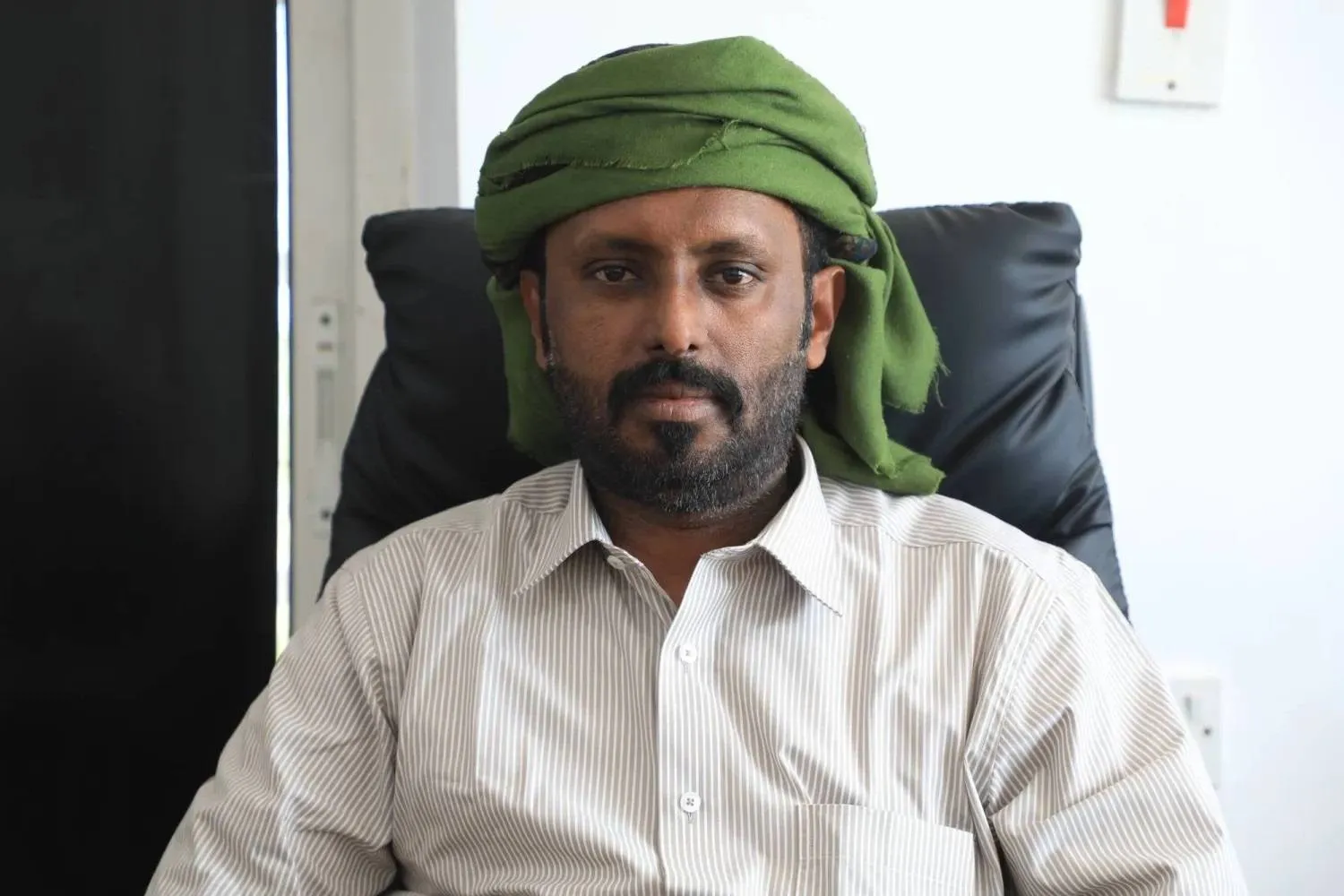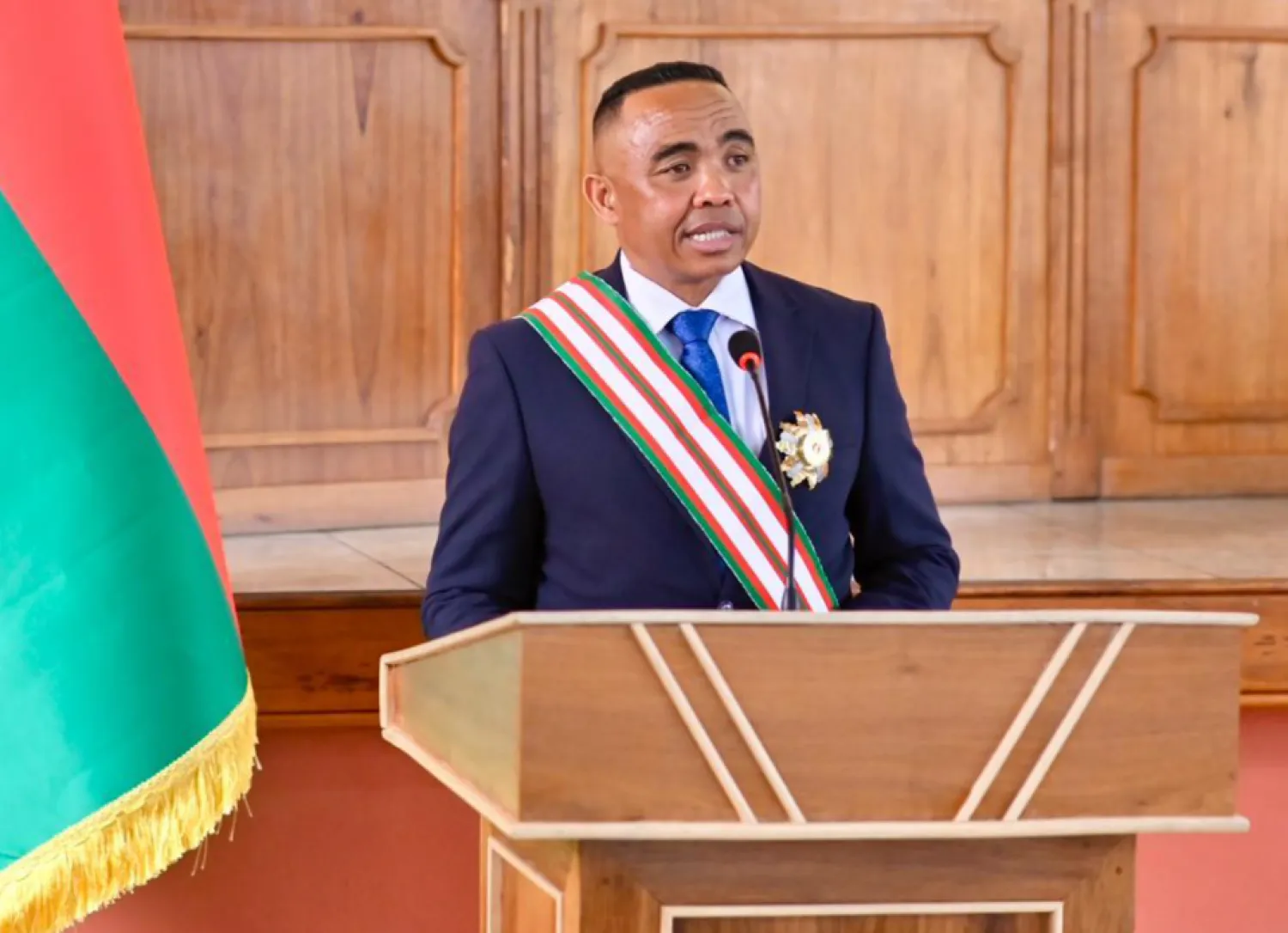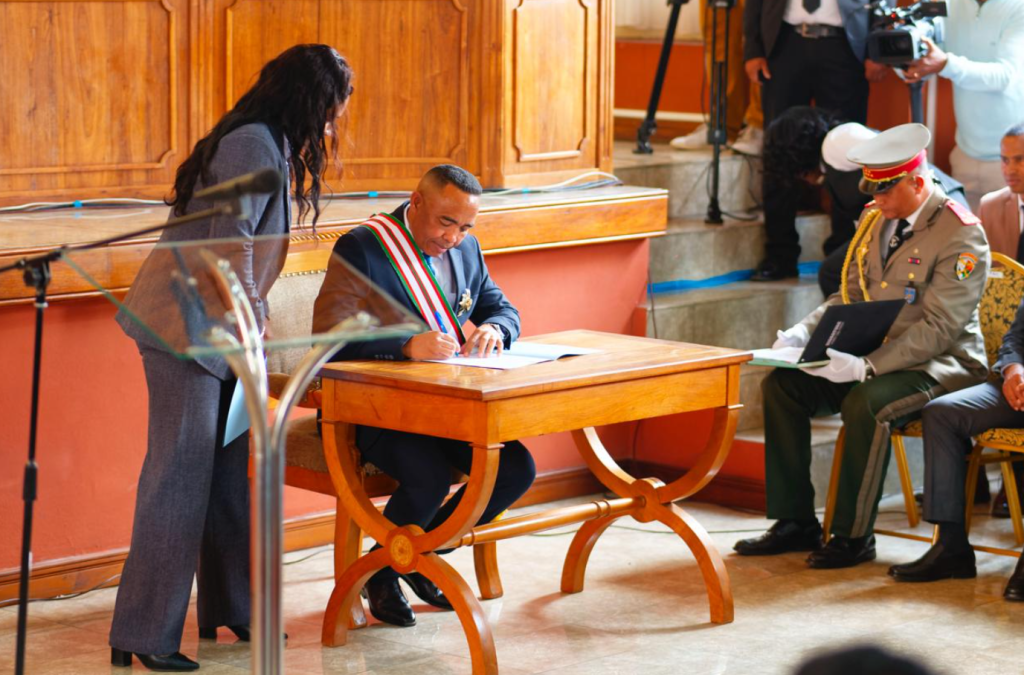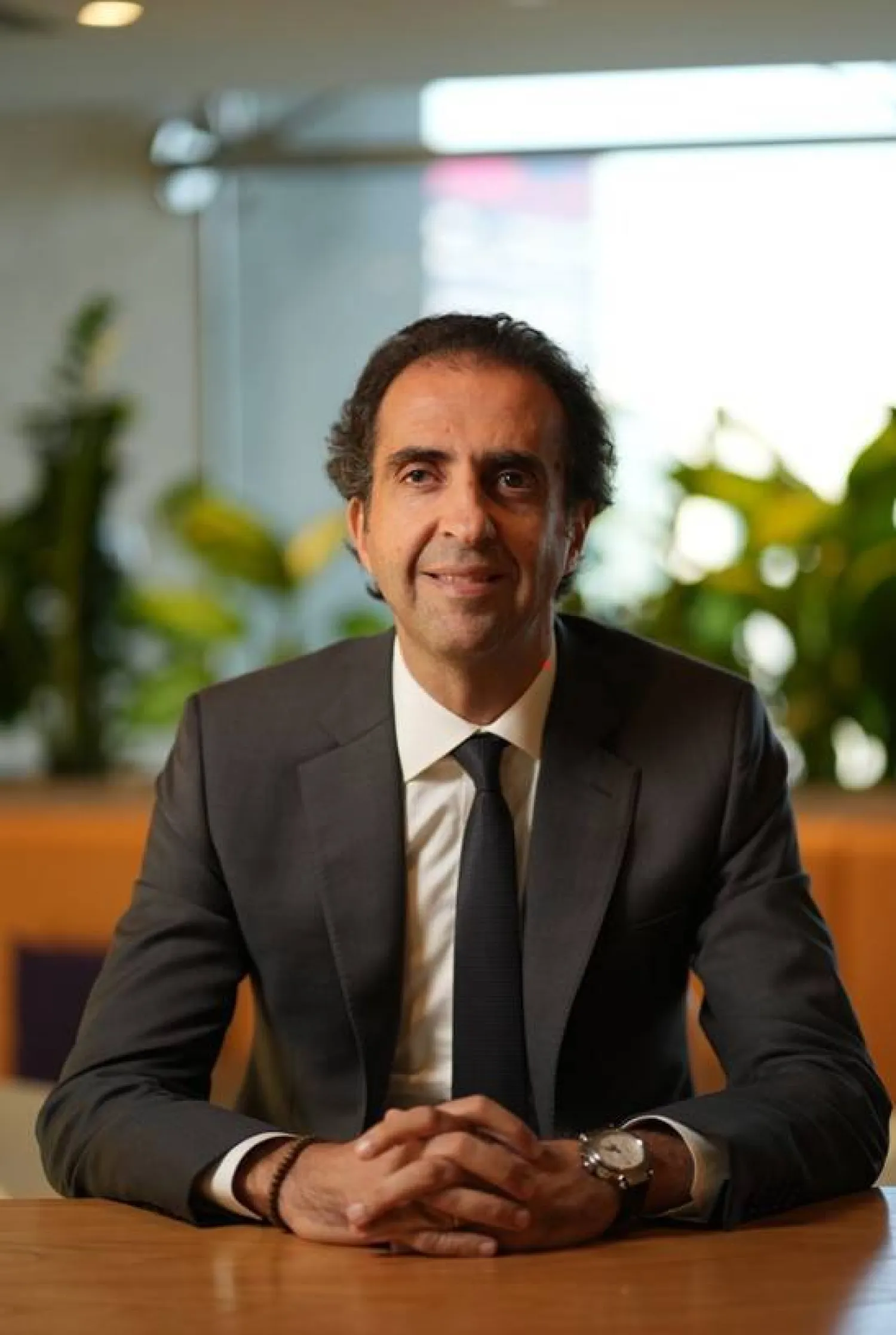The lack of camaraderie between Saddam Hussein and Muammar Gaddafi stemmed from their distinct personalities, with the latter nurturing a delusion of being the rightful leader of the Arab world.
Differences and tensions between the two leaders were exacerbated by Libya’s alliance with Iran during their war with Iraq.
Similarly, Saddam’s relationship with Hafez Al-Assad was characterized by animosity, fueled by fierce competition between the Baathist regimes, as well as the countries and capitals they represented. Adding to the tension was Syria’s alignment with Iran.
Once Iraq’s war with Iran concluded, Saddam vowed to seek vengeance against both men.
Conversely, Saddam Hussein established friendly connections with the late French President Jacques Chirac, even providing financial support for his election campaigns. Similarly, he fostered amicable relations with the late Pakistani Prime Minister Benazir Bhutto.
Nevertheless, the Iraqi authorities were infuriated by Danielle, the wife of former French President François Mitterrand, and targeted her with an explosive device. Fortunately, she survived by chance.
Salem Al-Jomaili, director of the US branch of the intelligence agency under Saddam, reminisced about numerous forgotten events and shared his stories.
In the 1970s, Saddam forged a friendly alliance with Chirac, then prime minister of France, during his visit to Iraq.
Chirac was deeply impressed by Saddam's personality and showed a keen understanding of Arab perspectives, displaying the ability to approach Middle Eastern problems in a constructive manner. The two countries collaborated on various projects, some of which were highly sensitive.
Given this connection, Saddam ordered the Iraqi intelligence agency to back Chirac in the French elections, supplying him with financial assistance for two election campaigns in the 1980s.
Due to the delicate nature of the matter, it was not feasible to use banks to transfer the funds. Instead, the agency had to dispatch the amount in a suitcase, and the drop-off location had to be a Paris metro station to evade detection by security agencies.
Chirac’s associates would dispatch a man who was privy to the password to the designated metro station to retrieve the suitcase.
Danielle Mitterrand, on the other hand, engaged in activities that were detrimental to Iraq. She was an advocate for human rights, civil liberties, and the plight of ethnic and religious minorities.
She enjoyed a close relationship with Kurdish leader Jalal Talabani and paid significant attention to the Kurdish issue.
Following the Kurdistan region gaining de facto autonomy in 1991, she made numerous trips to Sulaymaniyah and engaged in harmful media and political activities, including supporting France’s efforts to pass UN Security Council Resolution 688, which imposed no-fly zones.
She heavily publicized the Halabja incident and Iraq’s use of chemical weapons, which led to a decision to put an end to her behavior.
During her visit to the Sulaymaniyah province in July 1992, Danielle was en route to the Halabja martyrs’ monument when a bomb was planted on her path.
Fortunately, she survived the incident by a stroke of luck, as a passing truck happened to come between her and the bomb, shielding her from harm. Afterward, she departed from Sulaymaniyah without any intention of returning.
In search of missiles capable of attacking Baghdad, Iran sought the help of Syria, who advised them to reach out to Libya instead.
Initially, Gaddafi was hesitant about getting involved, but his second-in-command, Abdel Salam Jalloud, eventually convinced him. Some speculate that Gaddafi’s desire to improve ties with Iran was motivated by several reasons, including ending allegations of him being behind the disappearance of Iranian-born Lebanese scholar and political leader Musa Al-Sadr.
An Airbridge to Retaliate against Gaddafi
In 1985, at the height of military operations in the Iraq-Iran war, Baghdad was surprised by the first Iranian missile falling in the middle of the city, targeting the Central Bank building. Since the beginning of the war, Iran had not been able to launch missile attacks on Baghdad.
Experts examined the missile parts and found that it was a Russian-made scud missile, which was not on the list of weapons of the Iranian army.
After investigation, it was discovered that Libya had supplied Iran with this type of missiles. In fact, Iran’s possession of scud missiles contributed to escalating what was then called the “war of cities.”
The motive behind Gaddafi’s reckless act was evidently rooted in his animosity towards the Iraqi president. In response, Saddam ordered for intelligence and military presence along the borders with Libya.
The Libyan opposition was situated on the border between Libya and Chad. While Iraq maintained a strong relationship with Chad’s Hissene Habre, Gaddafi's forces supported armed movements opposing him.
A military training camp for Libyan opposition forces was established on the Libyan-Chadian border, and Libyan opposition elements located in Baghdad and Chad were transferred there for military training.
Iraqi support was significant, with an airlift established from the Al-Rashid military base in Baghdad to the Chadian capital airport of N'Djamena. Transportation operations included light and medium weapons, mortars, and anti-tank missiles, all of which were supervised by Iraqi intelligence officers.
On the political side, Tariq Aziz was responsible for the file.
Upon completing their military training, the Libyan opposition launched a surprise attack on Gaddafi's forces, inflicting heavy losses and forcing them to withdraw from the battle.
Days later, Gaddafi sent his cousin Ahmed Gaddafi Al-Dam to Baghdad, where he was received by the head of intelligence, Fadel Al-Barrak, and General Hussein Kamel.
Al-Jomaili admitted to being in charge of arranging the visit. The two sides agreed to end Iraq’s support for the Libyan opposition in exchange for Libya ending its support for Iran.
Summer, Winter between Saddam, Assad
Tension was the norm in the relationship between the Iraqi and Syrian Ba'ath parties. Each side hosted the other's opposition and Syria’s support for Iran during its war with Iraq raised suspicions that were not dispelled by the few ceasefires.
Al-Jomaili was asked to recall some of the milestones in that file.
According to him, at the end of 1991, during Syria’s participation in peace negotiations with Israel in Madrid, tensions arose within Syria, particularly from the Muslim Brotherhood organization.
The Muslim Brotherhood decided to launch a second armed revolution against the Assad regime, taking advantage of public anger over Syria’s participation in the war against Iraq and its US-sponsored bilateral negotiations with Israel.
Al-Jomaili revealed that the Muslim Brotherhood had around 300 fighters who were training at a camp near the Iraqi city of Ramadi.
Their leadership, headed by Ali Sadreddine Al-Bayanouni, requested that they be provided with weapons and allowed to infiltrate into Türkiye, and then enter Syria to declare armed rebellion.
Al-Jomaili noted that during discussions with the Muslim Brotherhood, Saddam’s officials stressed the risks of this adventure and expressed concerns about a repeat of the scenario of the Muslim Brotherhood uprising in 1982, which led to the killing of at least 30,000 Syrians.
However, the leadership of the Muslim Brotherhood insisted that the circumstances were different and that what happened in the past would not be repeated.
Based on this, Iraqi officials communicated the Muslim Brotherhood’s plan to Saddam and proposed that their demands be approved.
Nonetheless, the president's reply took a different turn.
According to Al-Jomaili, Saddam did not concur and said that the conditions are unsuitable.
At the time, Saddam argued that the Syrian regime was currently engaged in negotiations with Israel, and if it senses vulnerability to an internal threat jeopardizing its existence, it will ask for protection from the US and the West.
Syria would have to give up concessions in favor of Israel that it wished to withhold at the time.










